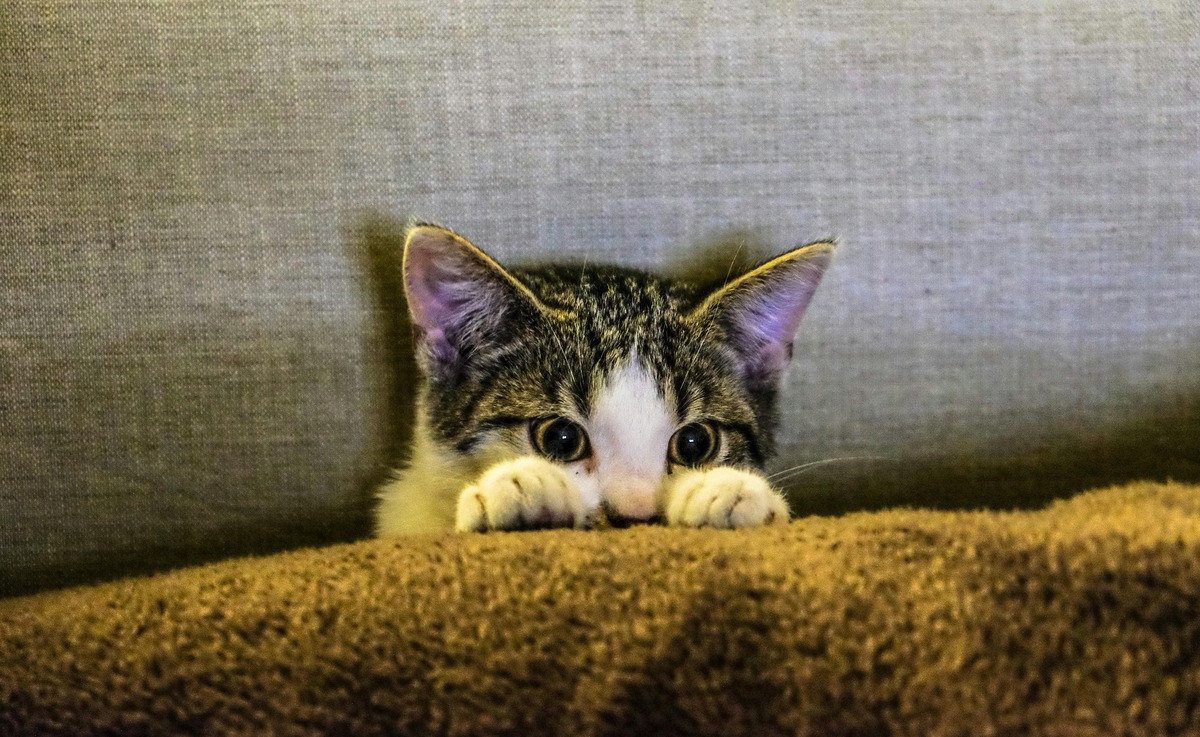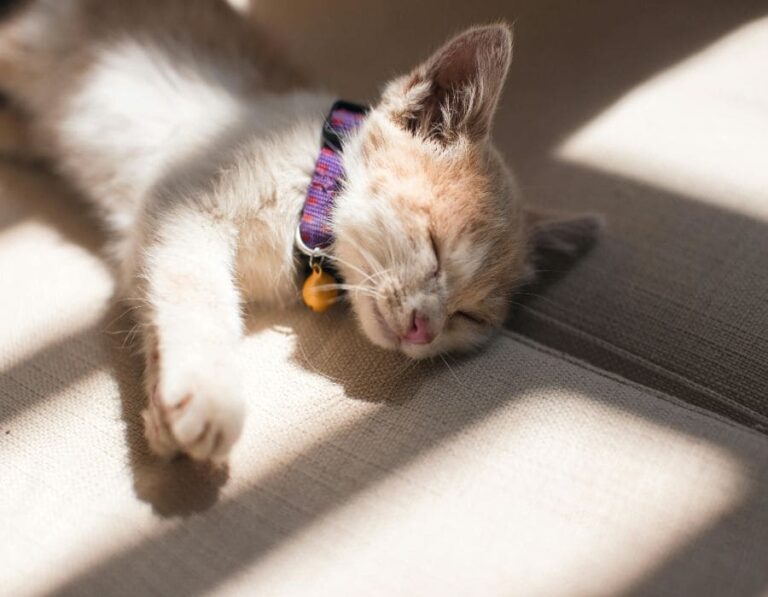6 Reasons Why Shouting at Your Cat is Ineffective
Training animals can be tough, especially when life’s stresses wear us down. Even with our cherished pets, frustration can creep in. Dogs, though usually obedient, can test our patience, and cats, with their independent streak, often ignore commands, adding to the challenge.
However, shouting at your cat is not the answer. Here we’ll explain 6 reasons why scolding is both harmful and an ineffective way to teach them.
Shouting at a cat is ineffective

Scolding a cat, whether during or after unwanted behavior, is often ineffective because they don’t associate the reprimand with their actions. For example, if you yell after discovering they’ve urinated outside their litter box, they may be confused, especially if they’re engaged in unrelated healthy activities like napping or playing. Even scolding in the moment doesn’t guarantee understanding, as cats might not link shouting to specific behaviors, particularly if Shouting is common in the home. Positive reinforcement is a far more effective approach to guide their actions.
Shouting at a cat makes the situation worse

pexels.com
Shouting at your cat for behaviors like jumping on counters, being destructive, or disturbing your sleep is counterproductive because these actions stem from their natural instincts. Cats climb to high places for safety, act destructively to channel their hunting instincts, and seek closeness while you sleep to strengthen their bond with you. Suppressing these behaviors through scolding can confuse and stress them, potentially worsening the behavior and harming your relationship.
Shouting at a cat hurts your bond

pexels.com
Shouting at a cat damages your bond with them, as cats dislike loud noises and may associate shouting with fear or negativity, much like their reaction to a vacuum cleaner. This can lead to avoidance or even antagonistic behavior, impairing the trust needed for positive interactions like petting and affection. Over time, scolding can make your presence a source of stress, diminishing the connection you share.
Shouting at a cat is bad for you

pexels.com
Shouting at a cat not only harms your bond with them but also reflects negatively on your own well-being. Responding to natural feline behaviors with anger suggests underlying stress or frustration in yourself. Shouting is rarely a healthy or effective solution and can reinforce negative emotions. Instead, focus on understanding your cat, playing with them, and showing affection. This approach not only improves their behavior but also promotes a more positive mindset for you.
Shouting at a cat causes behavioral problems
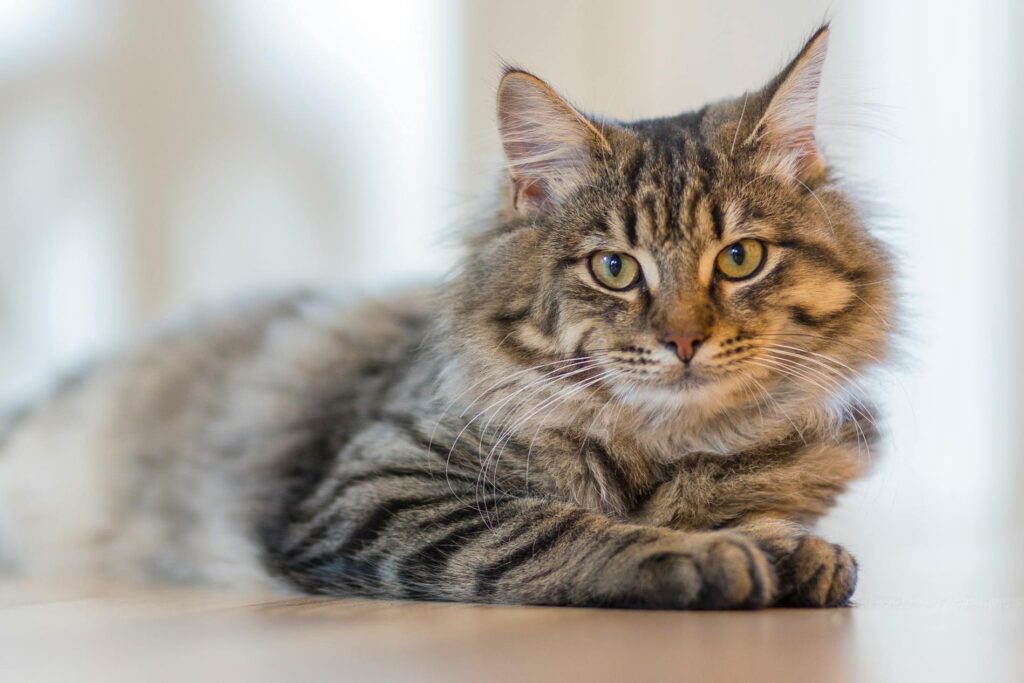
pexels.com
Shouting at a cat often stems from expecting them to follow human boundaries they can’t comprehend, like avoiding a clean sofa. This misunderstanding causes confusion, leading to stress, anxiety, and even trauma, especially if paired with physical punishment. Regular scolding can worsen existing behaviors or create new ones, such as biting or scratching out of fear. Negative behavior from us will only provoke negative reactions from them, damaging trust and the relationship.
Shouting at a Cat Teaches Them to Ignore You

Cats are smart and quickly learn to filter out sounds that don’t benefit them. If you constantly yell, they may start tuning you out entirely, making it even harder to communicate with them effectively. Instead of associating your voice with guidance or comfort, they’ll view it as background noise—or worse, a threat. Using a calm and consistent tone will help reinforce positive behaviors while maintaining a trusting relationship.
So what should you do instead?

Instead of shouting, focus on positive and constructive ways to address your cat’s behavior. Cats respond best to patience, understanding, and consistency. Here are some effective alternatives:
Positive Reinforcement
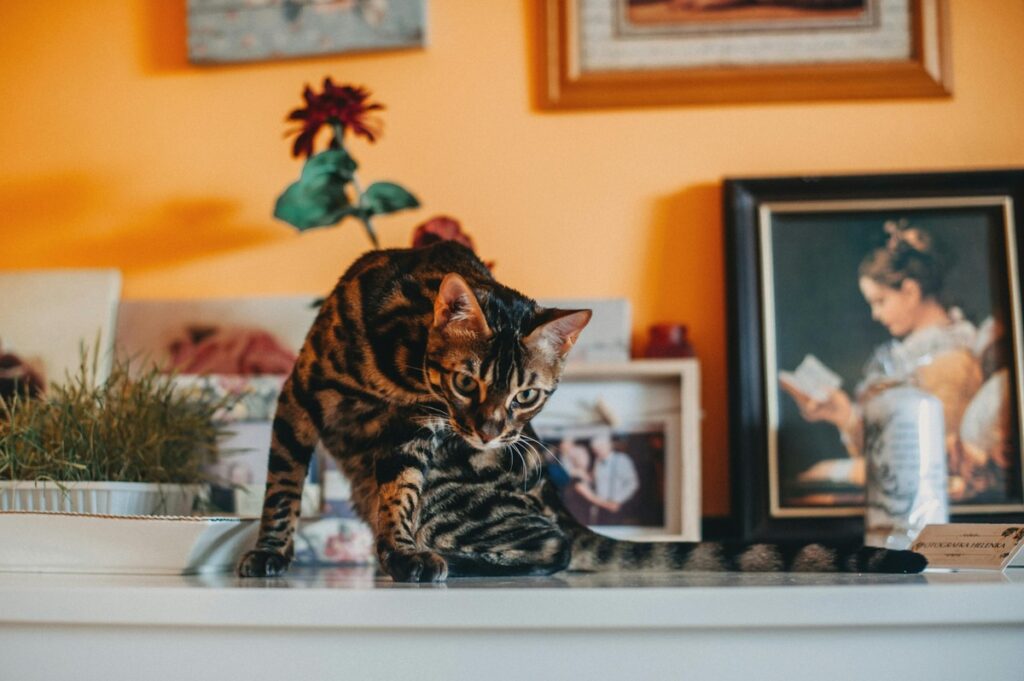
pexels.com
Reward your cat with treats, affection, or praise when they exhibit desired behaviors. For example, if you catch them using the scratching post instead of the furniture, offer immediate praise or a treat. Over time, this reinforces good behavior.
Redirect Their Energy
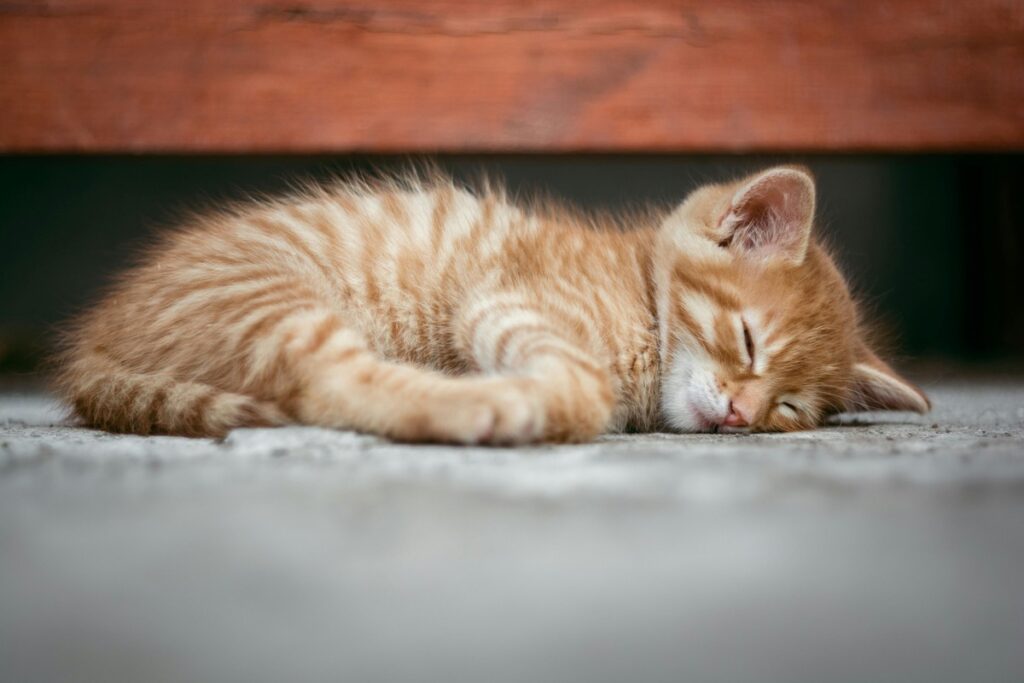
pexels.com
If your cat is being destructive or overly active, provide engaging alternatives. Interactive toys, puzzle feeders, or climbing furniture can channel their instincts in a healthy way.
Set Boundaries Creatively

pexels.com
Instead of scolding them for behaviors like jumping on counters, use deterrents such as aluminum foil, double-sided tape, or motion-activated sprays in areas you want them to avoid. Pair this with providing acceptable high spaces like cat trees or shelves.
Establish Routines
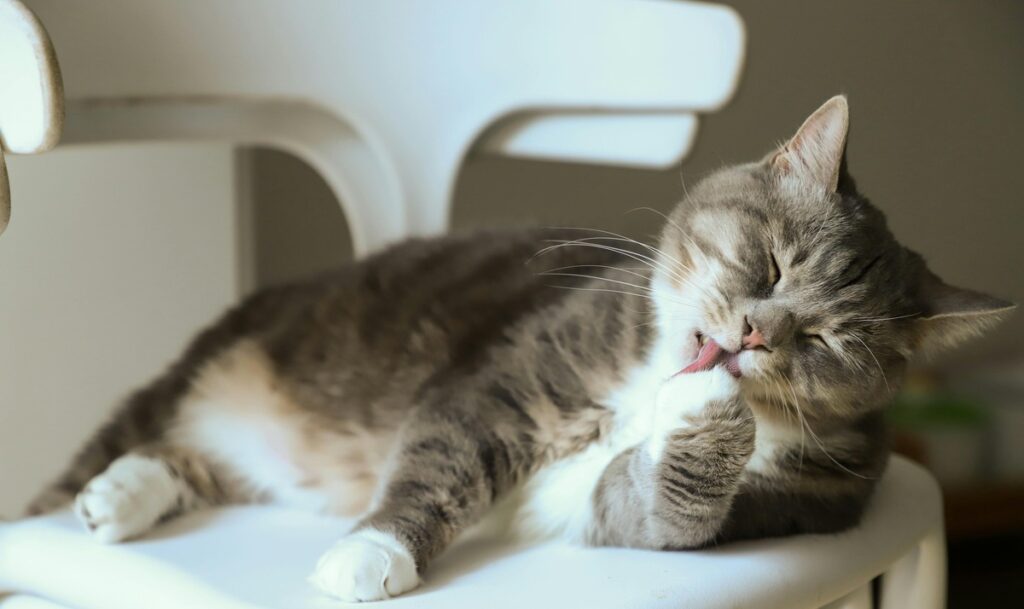
pexels.com
Cats thrive on routine. Regular playtimes, feeding schedules, and quiet times help reduce stress and minimize unwanted behaviors.
Provide Enrichment
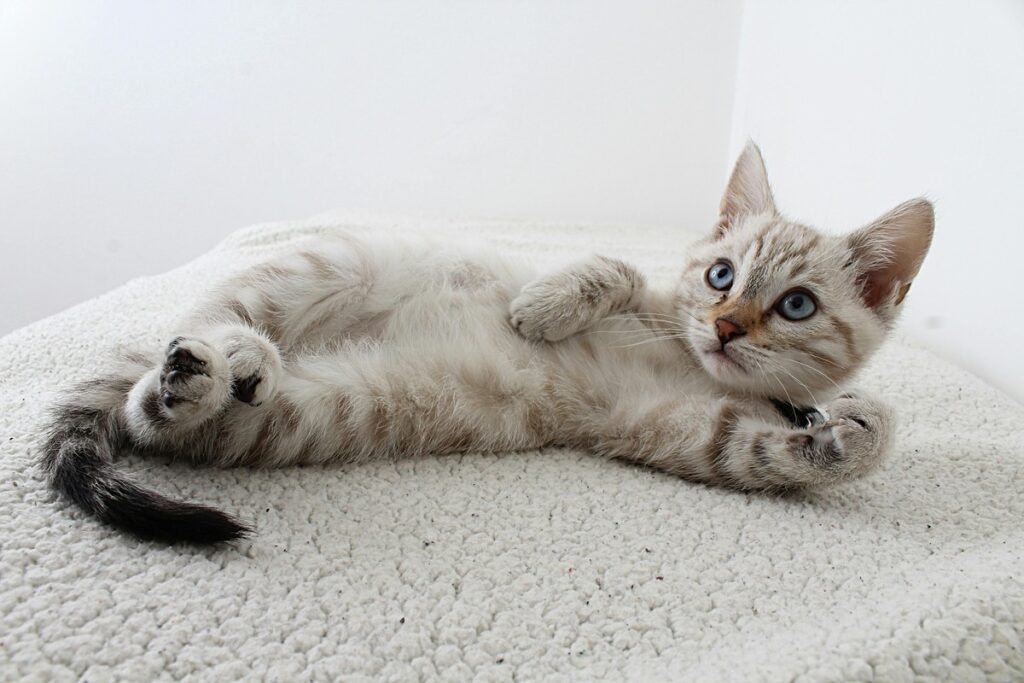
pexels.com
Ensure your cat has enough stimulation in their environment. Cats need opportunities to climb, scratch, hunt, and explore to feel fulfilled.
Understand Their Needs
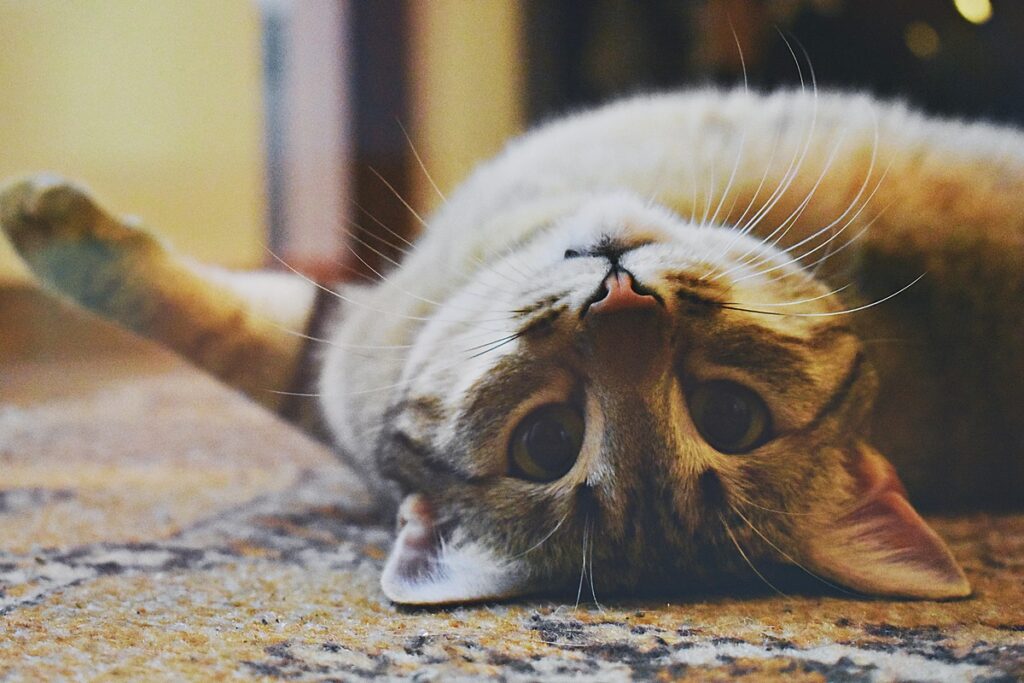
pexels.com
Sometimes, unwanted behaviors are a sign of unmet needs or underlying issues. Ensure your cat has a clean litter box, fresh water, and proper nutrition. If behavioral problems persist, consult a veterinarian to rule out health concerns.
Stay Calm and Patient

pexels.com
When your cat does something you don’t like, take a deep breath and calmly redirect them. Remember, they aren’t acting out of malice; they are simply following their instincts.
By sticking to these techniques, you’ll not only address behavioral issues effectively but also build a stronger, more trusting relationship with your feline friend.

